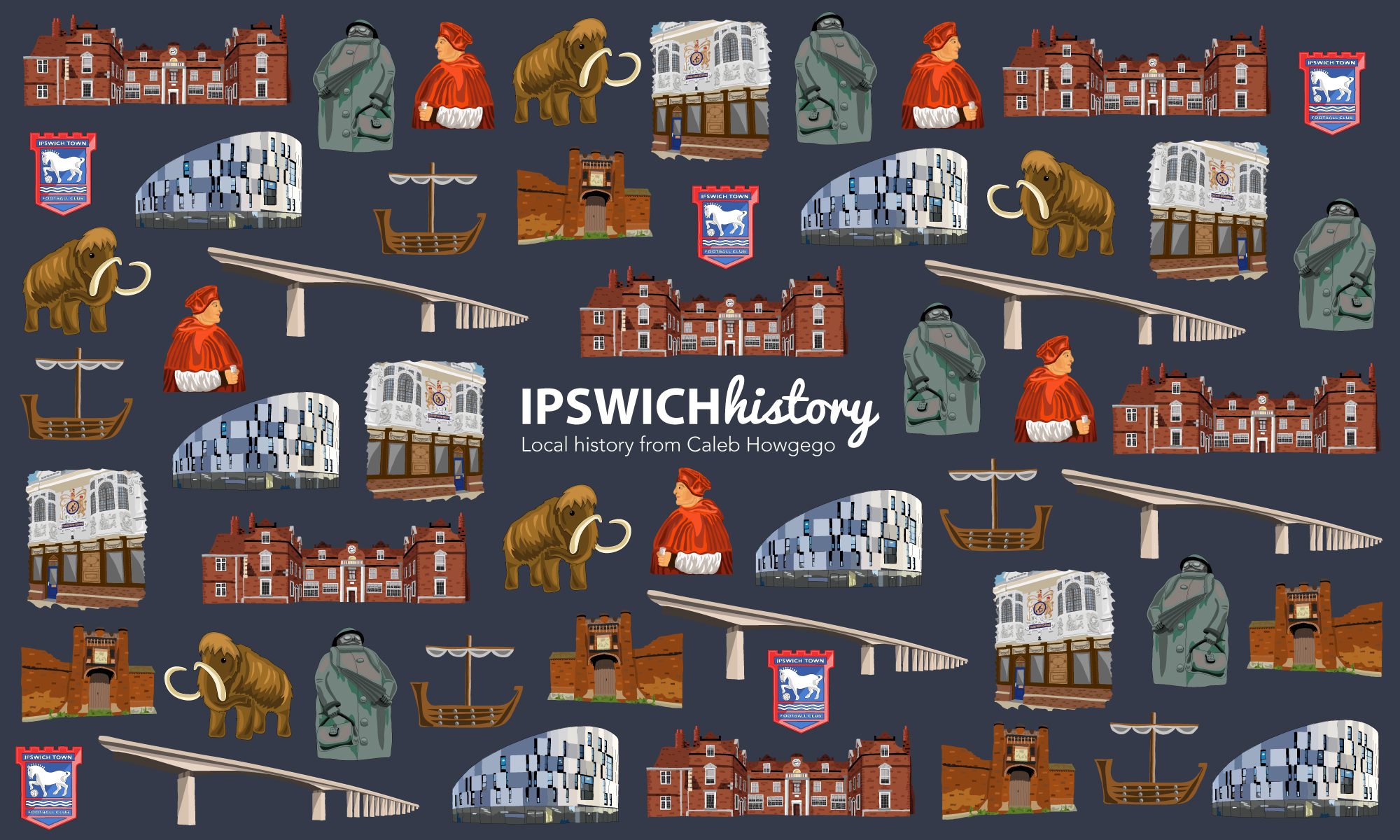From January to April this year the exhibition You Are Here: The Making of Ipswich took place at the Ipswich Art Gallery, which featured all kinds of objects brought out of the Ipswich Museums stores to tell stories about the people who have lived in the town over the centuries. One object in particular that caught my attention was a carved wooden figure that I had seen drawings of in history books but until recently had no idea was in the collections. The carving is known as the Bluecoat Boy and is an object that opens the door to telling the story of the way education has developed in Ipswich over the past few hundred years. I started doing some digging and this brief history of the Bluecoat Boy and the school it came to represent are the result.

Bluecoat was a type of dress that came to be associated with a type of charity-based schools from the 1500s onwards, which were set up to educate poor children in towns and cities. Some of these schools survive still today with bluecoat uniforms that nod towards their past, although they have mostly turned into independent or private schools.
The bluecoat boy carving in Ipswich once adorned Christ’s Hospital, which was originally established by a royal charter from Queen Elizabeth I in 1572. It was then part of a complex of buildings aiming to serve the poor of the town housed within what was once part of Blackfriars Monastery along Foundation Street. The bluecoat boy figure represents the pupils from humble backgrounds that received an education at Christ’s Hospital in Ipswich for over three hundred years.
The name can be a little confusing – Christ’s Hospital was not particularly a religious institution (although it was based on the former site of a monastery) and wasn’t really a hospital either. In this case the word refers to a place that people could stay (think hospitality not medical centre). It was established to help the needy in the town, as a place of residence for the very young and the aged homeless, as well as acting as a school (of sorts) where boys would also earn their keep by spinning and carding (aspects of the cloth making industry that was a vital part of Ipswich’s economy in the 16th and 17th centuries). Christ’s Hospital’s function as a place of instruction for boys eventually came to be the institution’s leading preoccupation as it became primarily concerned with “maintaining, educating, bringing up, and apprenticing of poor boys” according to the local historian Robert Malster.

We don’t know the exact date that the bluecoat boy statue, which was to come to represent the pupils of the school, was carved but we do know (from sketches that have survived) that it originally stood at Christ’s Hospital in Foundation Street. It then went on to take pride of place in a specially created niche in the walls of the school when it took up new premises across the river, off Wherstead Road, in 1841. That such special provision for the carving was made in the new building suggests that it was already venerable at the time of the move and would seem to indicate that the statue probably dates from sometime in the 18th century.

During the Victorian era, in the new school, the boys were instructed in “the three Rs”: reading, writing and arithmetic. However, those in charge still managed to find time to treat the children to a dose of manual labour by involving them in the cultivating of the extensive gardens attached to the school. Christ’s Hospital continued its work until 1883, when its endowments were merged with those of the more prestigious grammar school (now known as Ipswich School), which had recently moved to Henley Road in a new building that still stands to this day.

The original site of Christ’s Hospital on Foundation Street fell into ruin along with the rest of the former Blackfriars Monastery that it was based within and has since been built upon, although a fraction of the remains still exist. As for the new school south of the river that was closed in 1883, only one year later the building was demolished and replaced with a set of terrace houses and shops in 1884. Fortunately, the carving of the bluecoat boy was saved from the demolition and donated to Ipswich Museums so that a small piece of this long story of education in the town survives to help give us a glimpse into the past.

